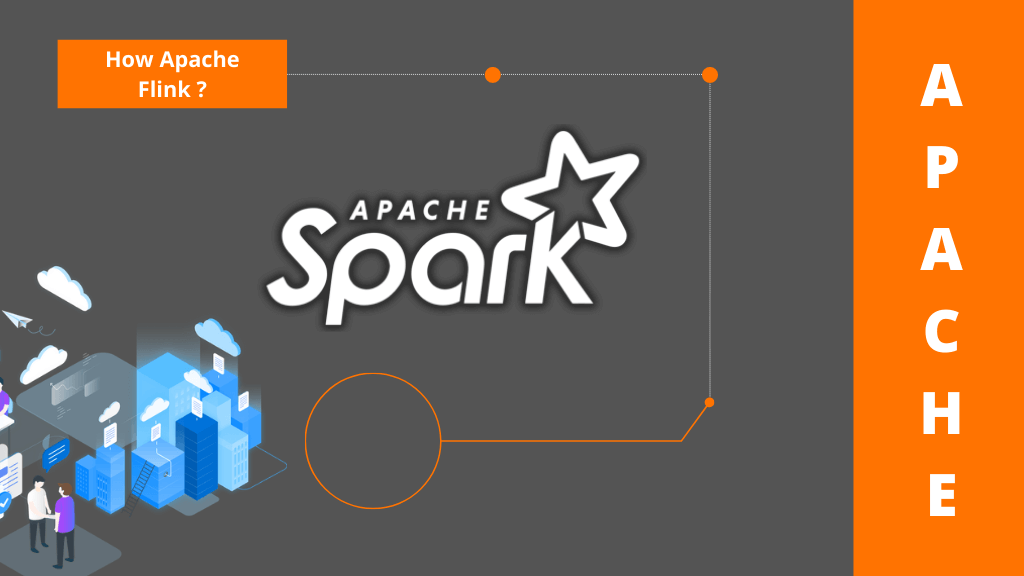Nowadays, corporations can no longer ignore the vast amounts of big data. When it comes to using data, companies must be able to collect, store, and access information so that they can use it to fulfill their customers’ demands better. This allows companies to anticipate their customers’ requirements and demands, as well as to make better business choices. With all the data being collected, they now serve the function of a resource that may affect the financial health of a firm and its strategic plans.

Every nook and cranny of the present age is scattered with information in its raw state. When you are in the process of doing any of the above things, especially shopping, undergoing a medical test, watching a movie or program, using the internet, or taking an examination. Everything is always giving birth to loads and loads of data. This information is vital to the issue, therefore why is it so important?
The idea of science is when you try to comprehend something using scientific instruments. As well as being a compilation of qualitative and quantitative factors surrounding any topic, data is quantitative data and qualitative data, both packaged into one. Data science encompasses these two definitions, which means we can state that: data science is a discipline where data is taken as raw material and then processed using scientific procedures to get an end result. The final effect of this is to increase the company value and customer pleasure.
This Flink-based system boasts good latency and throughput characteristics with regard to both the level of the state and the amount of data in use. The foundation is an abstraction that applies to both limited and unbounded datasets using the same underlying stream-first architecture, but it does so by prioritizing flowing or unbounded data.
The basic idea of Apache Spark integration services Flink is the high-throughput and low-latency stream processing framework that is designed to handle batch processing as well. In contrast to prior Big Data processing architectures, where the major concept was batch processing, the design is a radical turn where the key idea is stream processing. The long-awaited answer to this question has finally been found by organizations during the previous decade. While even a millisecond delay might have dire implications, there is a clear demand for systems that can facilitate the rapid transmission of low latency data. Apache Flink appears to offer a substantial promise for stream processing and, it appears to be the objective for stream processing.
Apache Flink is a distributed computing engine that is utilized to analyze big volume data. The core principle of Flink is that of stream-first design, where the stream is considered the authoritative source of truth. This course, Getting Started with Stream integration Using Apache Flink, helps participants discover the outs and ins of exploratory data analysis and data munging using Flink.
Apache Flink is a sophisticated big data Database Application platform
Apache Spark feature is the vanguard of this new technology movement, with a platform that might be used to tackle many issues nonetheless is constrained owing to its core an efficient, decentralized, processing engine that processes streams in segments and sub. Flink has followed in its predecessor’s footsteps by providing a powerful capacity that can tackle any form of Big Data challenge.
The challenge we always have had to handle real-world tasks is that we need to employ several structures (like engines), which is highly difficult and expensive. The industry now faces a wide range of big data difficulties, some of which can only be solved with a single platform like Apache Flink.
The benefits of applying Apache Flink in data
- With its more powerful computational capabilities and simple-to-use programming interfaces, Apache Flink makes users’ tasks simpler. Advantages include:
- Batch flow united: Batch runtime and SQL layer batch flow is united, giving high-throughput and delay computing capabilities and more robust SQL support.
- Full ecological compatibility includes integration with Hadoop Yarn, Apache Mesos, and Kubernetes, and also has a self-contained operation.
- Great performance: Batch and stream processing support as well as great performance.
- A scaling calculation: The work may be divided down into thousands of jobs, each assigned to a node in the cluster, and carried out simultaneously.
How Apache Flink works easily?
The primary goal of it is to make the time-consuming tasks associated with real-time huge data processing a little bit less complicated. It handles events at a higher speed while yet meeting less dormancy requirements. Unlike traditional servers, which use just one storage system, Flink is only a computational system, and therefore it supports numerous storage systems like HDFS, Amazon S3, MongoDB, SQL, Kafka, Flume, etc. It has a very high fault tolerance, which means that if a system has a failure, Flink will remain unaffected. In addition, it will continue on other servers in the cluster. Because of the fact that Flink features in-memory processing, it provides superior memory management.
